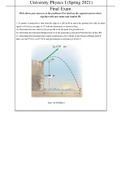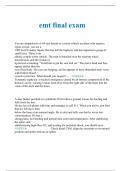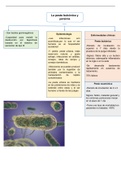Exam (elaborations)
University Physics (I)
- Course
- Institution
- Book
University Physics (I) exam, mostly dynamic problems. This exam is well organized in dynamic and kinematic physics. The step by step answer is also available in this website.
[Show more]











